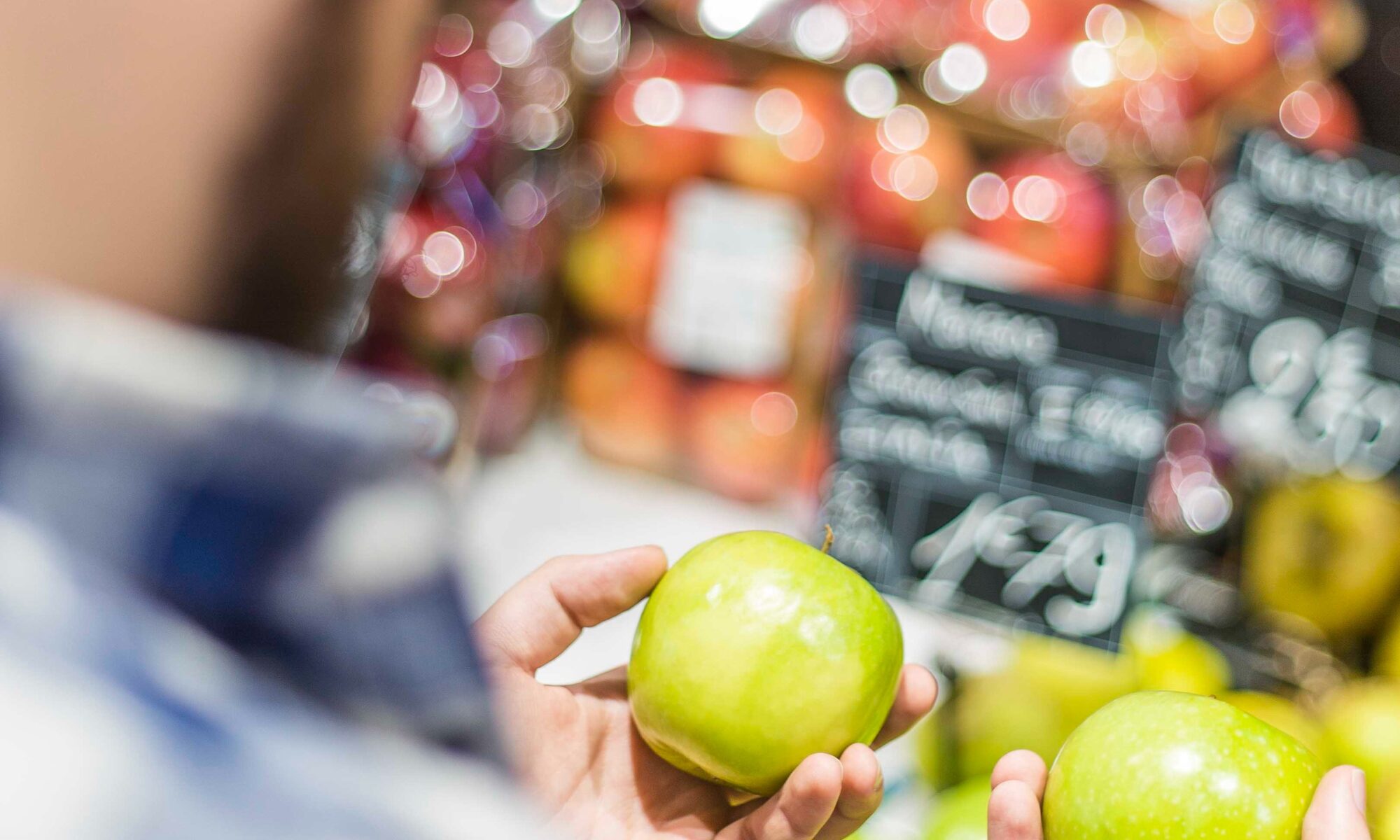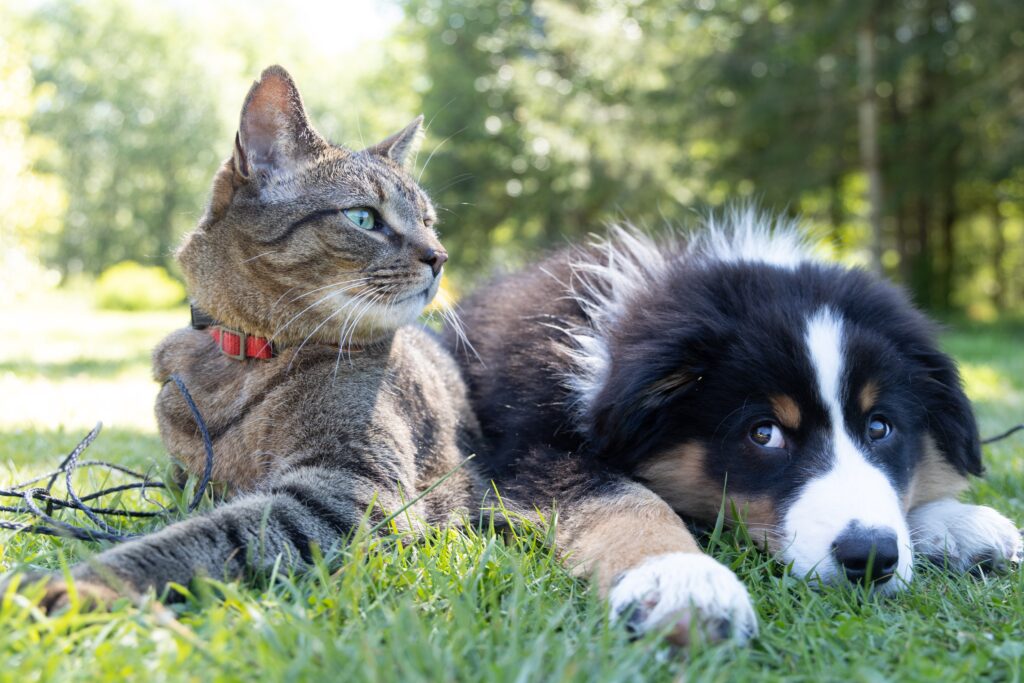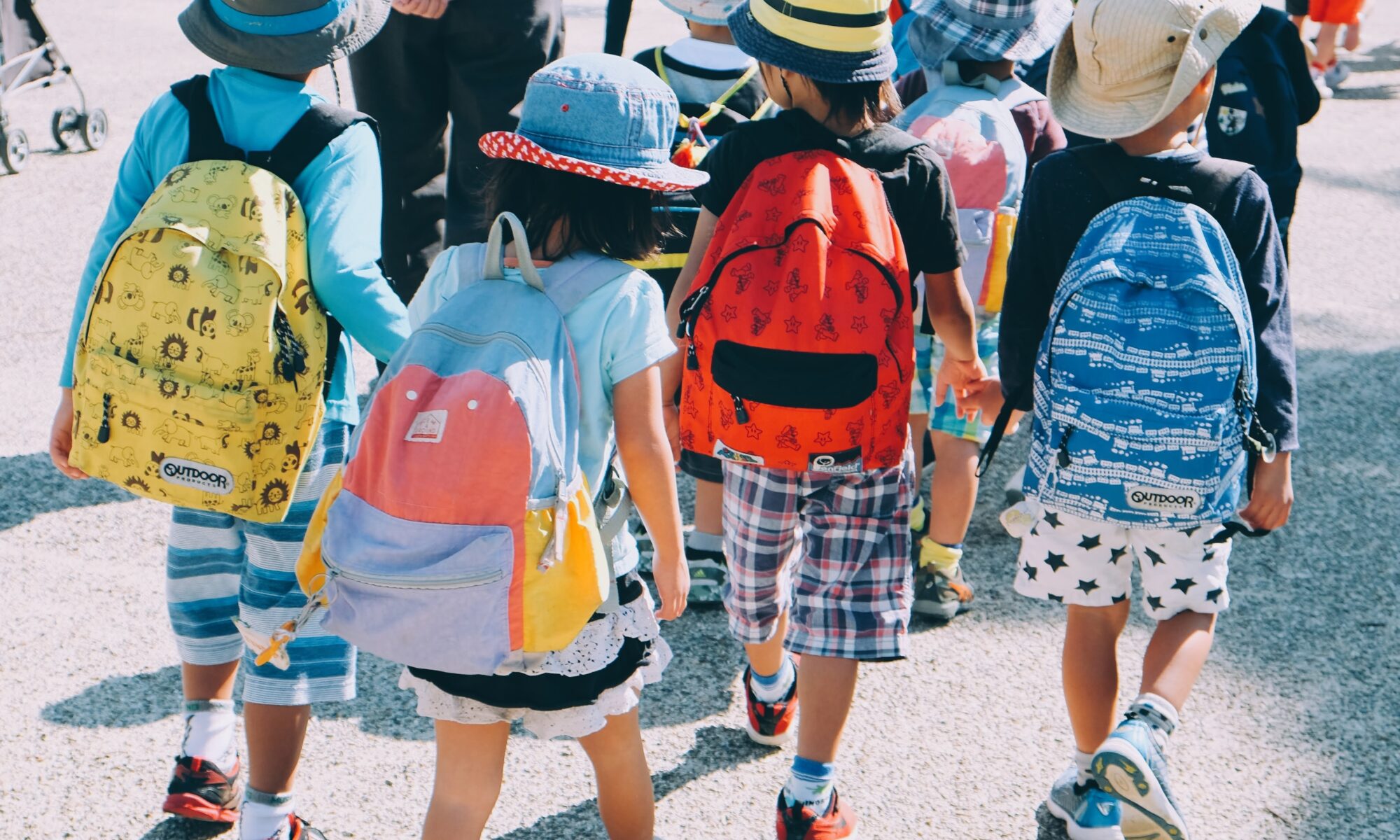What do we have in common with each other? What is unique about us?
Photo by Raquel Martínez on Unsplash
Hi 1st graders! Today, for our reading block we are going to focus on something called comparing and contrasting. Comparing means to notice what two things have in common. It can be seeing what is the same between two people, two pictures, or two situations. What do you notice is the same in both of these photos?


(Wait for the students to point out things like the boats, palm trees, ocean water, sand, clouds in the sky, etc.)
Now we will talk about contrasting. This means to point out what is different between two things. What is different between these two photos?


(Wait for students to point out things like the cat vs. dog, dog being asleep vs. cat being awake, dog being inside vs cat being outside, dog laying down vs. cat climbing a tree, dog is older vs kitten, etc.)
Now we are going to listen to a read aloud of a book called Same, Same But Different.
We will now be partnering up to learn more about what we have in common with our classmates. With our partners, we will also find out things that are unique to us. The best part of this is, both are great! It is very fun to find out things that you and your friends share in common. It is also good to learn about things that your friends do that you may not do yourself because you get to learn more about them and maybe find out about something new to try. Here are some questions you and your partner can ask each other to find out what is “same, same, but different” about each other:
- Do you have any pets? What kinds of pets do you have, what are their names, how old are they, what do they look like?
- What is your favorite TV show? What is your favorite book? What is your favorite movie?
- Do you have any siblings? How old are they? Do you like spending time with them?
- What are your favorite things to do after school?
- Where are your favorite places to visit?
- What is one thing that you think is super special about yourself?
Beach 1: Photo by Elizeu Dias on Unsplash
Beach 2: Photo by Colin Watts on Unsplash
Kitten: Photo by Koen Eijkelenboom on Unsplash
Dog: Photo by Irina on Unsplash
Dog and Cat: Photo by Andrew S on Unsplash
Girl Reading: Photo by Josh Applegate on Unsplash
Siblings: Photo by Zoe Graham on Unsplash







